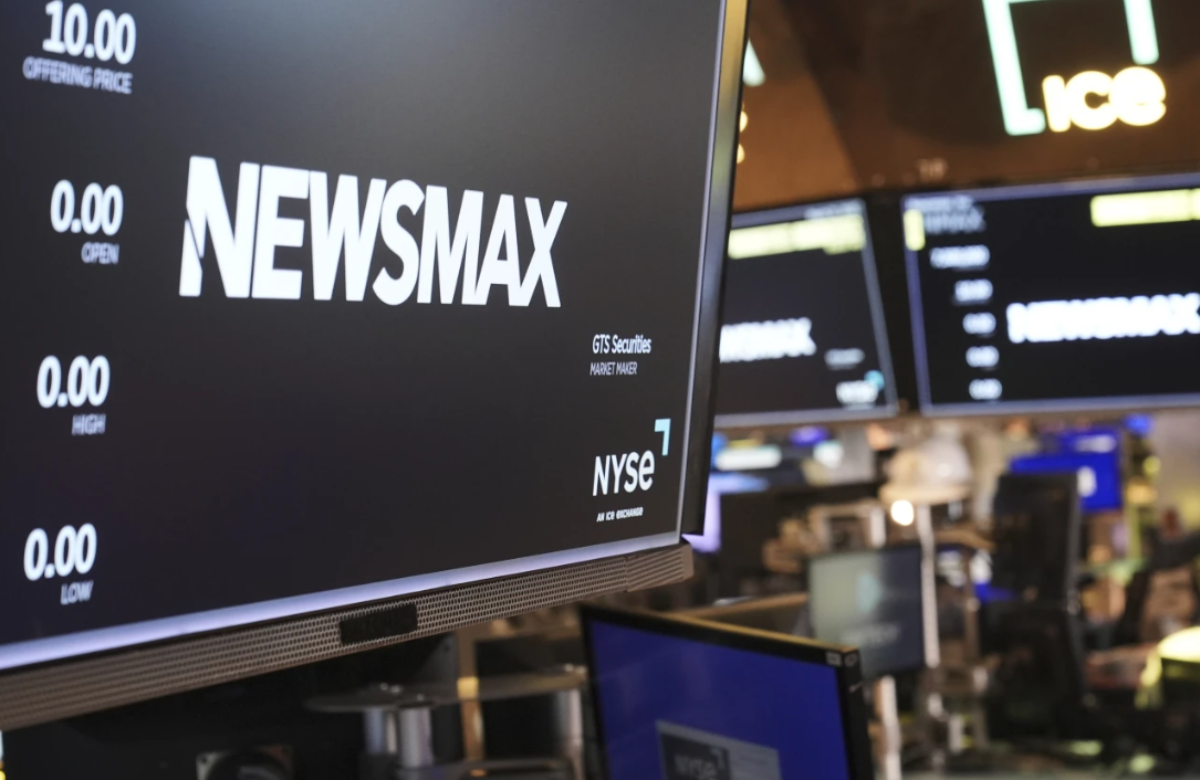Chinese electric vehicle giant BYD reported a 60% increase in sales for the first quarter of 2025, outpacing its rival Tesla, which has faced declining performance. Based in Shenzhen, BYD sold over one million new-energy vehicles in the first three months of the year, including electric cars, hybrids, and commercial vehicles. Its pure EV sales rose by 39%, reaching more than 416,000 units.
BYD has been thriving, with a record annual revenue of $107 billion last year, compared to Tesla’s $97.7 billion. Tesla also saw its first annual delivery decline in 2024, falling by 1.1%.
Most of BYD’s sales were domestic, with just 10% exported. However, the company’s expansion into markets like Europe, Southeast Asia, and South America has investors optimistic about its growth prospects. In Europe, where BYD is establishing manufacturing plants, Tesla has struggled with a 40% sales drop in February compared to the previous year.
BYD’s founder and CEO, Wang Chuanfu, has pledged to increase total shipments by nearly 30% this year and to nearly double its international deliveries to over 800,000 vehicles.
In the first quarter, BYD introduced innovative technologies, including a new battery charging system that adds 250 miles of range in five minutes—outperforming Tesla’s Superchargers, which take 15 minutes to add 200 miles. The company also launched an advanced driver-assistance system comparable to Tesla’s Full Self-Driving, offered at no extra cost on most models.
Despite its success, BYD faces challenges in overseas markets, such as brand recognition and trade barriers. In China, BYD’s dominance is clear, with a 27% market share in new-energy passenger cars, while Tesla’s share dropped to 4%.
In Tesla’s home market, sales have been impacted by Elon Musk’s controversial government role, leading to public backlash, vandalism of Tesla properties, and protests worldwide. Additionally, the rising demand for used EVs has driven down used Tesla prices.
China’s auto industry is also seeing consolidation, with Dongfeng Motor and Changan Automobile reportedly in advanced merger talks. This merger could create China’s largest carmaker and the world’s fifth-largest. Analysts suggest that the overcrowded market and high R&D costs are pushing smaller brands out, with mergers like Dongfeng-Changan aiming for more efficient use of state-owned assets amid intensifying competition.














